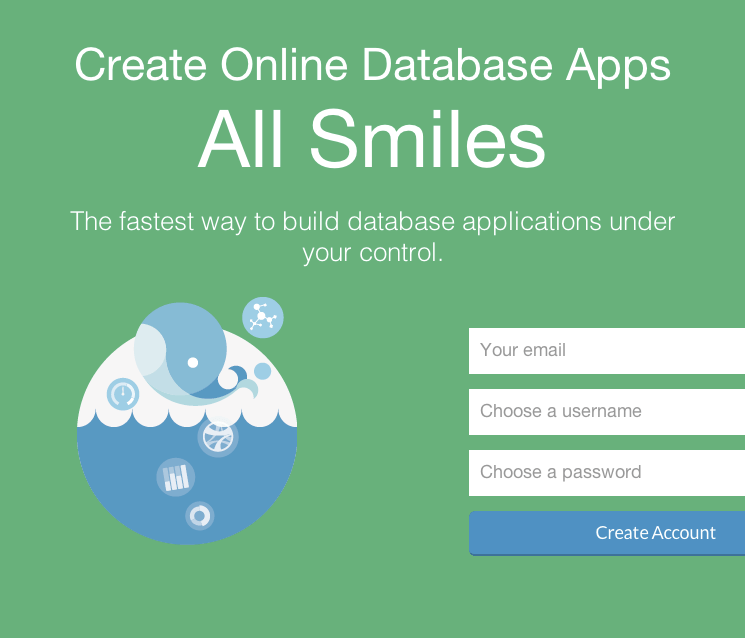
Software development is the process of conceiving, specifying, designing, programming, documenting, testing, and bug fixing involved in creating and maintaining applications, frameworks, or other software components.
Here You can Find the Top 10 Databases & Networks for development Software
1.Jet Profiler for MySQL

Jet Profiler for MySQL is a real-time query performance and diagnostics tool for the MySQL database server. Its detailed query information, graphical interface, and ease of use make this a great tool for finding performance bottlenecks in your MySQL databases.
DOWNLOAD
jet profiler is a great tool to pinpoint performance problems in my SQL databases let them having problems with the slow database.
Query, table, and user performance
Jet Profiler focuses on queries, tables, and users. This gives you the information you need to quickly fix performance problems in your code, such as most frequent queries, most used tables, or the busiest users.
Graphical visualization
Data is collected, analyzed, and displayed in real-time in diagrams, pie charts, and tables. The graphical layout allows you to easily drill down and navigate your way through the vital data.
Low overhead
Most of the profiling work is done in the Jet Profiler application, not in the database server. Therefore, the performance hit is normally negligible, around 1%.
User friendly
It supports all MySQL versions. No database server changes are necessary. No agents or separate services are needed. Jet Profiler is a desktop application that runs on your computer. You start it, connect to a server, hit the record button and you can review the results in minutes. Jet Profiler runs on Windows, Mac, and Linux.
DOWNLOAD
2.DbSchema

Powerful, yet easy-to-use, DbSchema helps you design, document, and manage databases without having to be a SQL pro. Easily design new tables, generate HTML5 documentation, explore and edit the database data, compare and synchronize the schema over multiple databases, edit and execute SQL, generate random data.
DOWNLOAD
Key Features
Database Diagrams
Edit tables and columns directly in the diagram. For a better understanding of the schema create multiple layouts (diagrams), with the same or different tables. The layouts will be saved to the project file.
Relational Data Browse
Visual data explorer and editor, the tool offers simultaneous views of the data from multiple tables bind by foreign keys or virtual foreign keys. The number of explored tables is unlimited. Data can be edited directly here, filters and sorting can be applied. The editor will be saved to the project file and can be reopened.
HTML 5 Documentation
Export the diagram as an interactive HTML5 vector image. Moving the mouse over columns and tables in the web browser may read the schema comments. The generated files have a small size and can be open using any browser
Forms & Reports Designer
Create applications or reports which can be executed as JavaFx or Web HTML. The applications may include buttons, input fields, and charts. Scripting logic and multiple master details can be used.
Diagrams for MongoDB
DbSchema ‘discovers’ MongoDB structure by reading random documents. The structure is shown as diagrams. DbSchema included tools for MongoDb: Visual query builder, Query editor, Relational data browse, Random data generator, and Data loader.
Random Data Generator
For test purposes, you may need to generate random data. Reverse regular expressions, lists, and many other configurable generators can be used.
DOWNLOAD
3. ESF Database Migration Toolkit
ESF Database software dramatically cuts the effort, cost, and risk of migrating to/from any of the following database formats: Oracle, MySQL, MariaDB, SQL Server, PostgreSQL, IBM DB2, IBM Informix, InterSystems Caché, Teradata, Visual Foxpro, SQLite, FireBird, InterBase, Microsoft Access, Microsoft Excel, Paradox, Lotus, dBase, CSV/Text and transfer any ODBC DSN data source to them.
DOWNLOAD
The software will automatically migrate all table structures, data, schemas(Oracle, SQL Server 2000 or higher, PostgreSQL), LOBs(Large Text/Binary Objects), primary/foreign keys, indexes, auto-increment(serial), comments and default values, and more.
4.DbFace

DbFace is an efficient web development environment that helps you to create chart reports & dashboards applications via the web. With the straightforward interface, you do not need to write PHP, HTML, CSS, or another frontend/backend code to generate full-featured query applications, operation applications, and extensive report dashboard applications.
DOWNLOAD
SQL databases web frontend
DbFace might be the fastest way to build your SQL database frontend, you do not need coding PHP or any front-end HTML, CSS, just follow the robust application builder way to create full features database applications.
All-In-One Data Visualization Software
The tabular report, Pivot tables, Summary Report, Line Chart, Pie Chart, Bar Chart, Column Chart, Number Report, Treemap, Word cloud, Dashboard.
Online Charts & Reports Builder
Build visual charts & reports has never been easier, better looking and simpler.No programming required, Drag & Drop + Scripting, for users and SQL developers.
DIY App Builder
Not only static charts & reports. You can also build applications that accept user’s input. DbFace can do anything that SQL does.
DOWNLOAD
5. Mysql Database Dump
The mysqldump client utility performs logical backups, producing a set of SQL statements that can be executed to reproduce the original database object definitions and table data. It-dumps one or more MySQL databases for backup or transfer to another SQL server. The mysqldump command can also generate output in CSV, other delimited text, or XML format.
Visit
Performance and Scalability Considerations
mysqldump advantages include the convenience and flexibility of viewing or even editing the output before restoring. You can clone databases for development and DBA work, or produce slight variations of an existing database for testing.
It is not intended as a fast or scalable solution for backing up substantial amounts of data. With large data sizes, even if the backup step takes a reasonable time, restoring the data can be very slow because replaying the SQL statements involves disk I/O for insertion, index creation, and so on.
